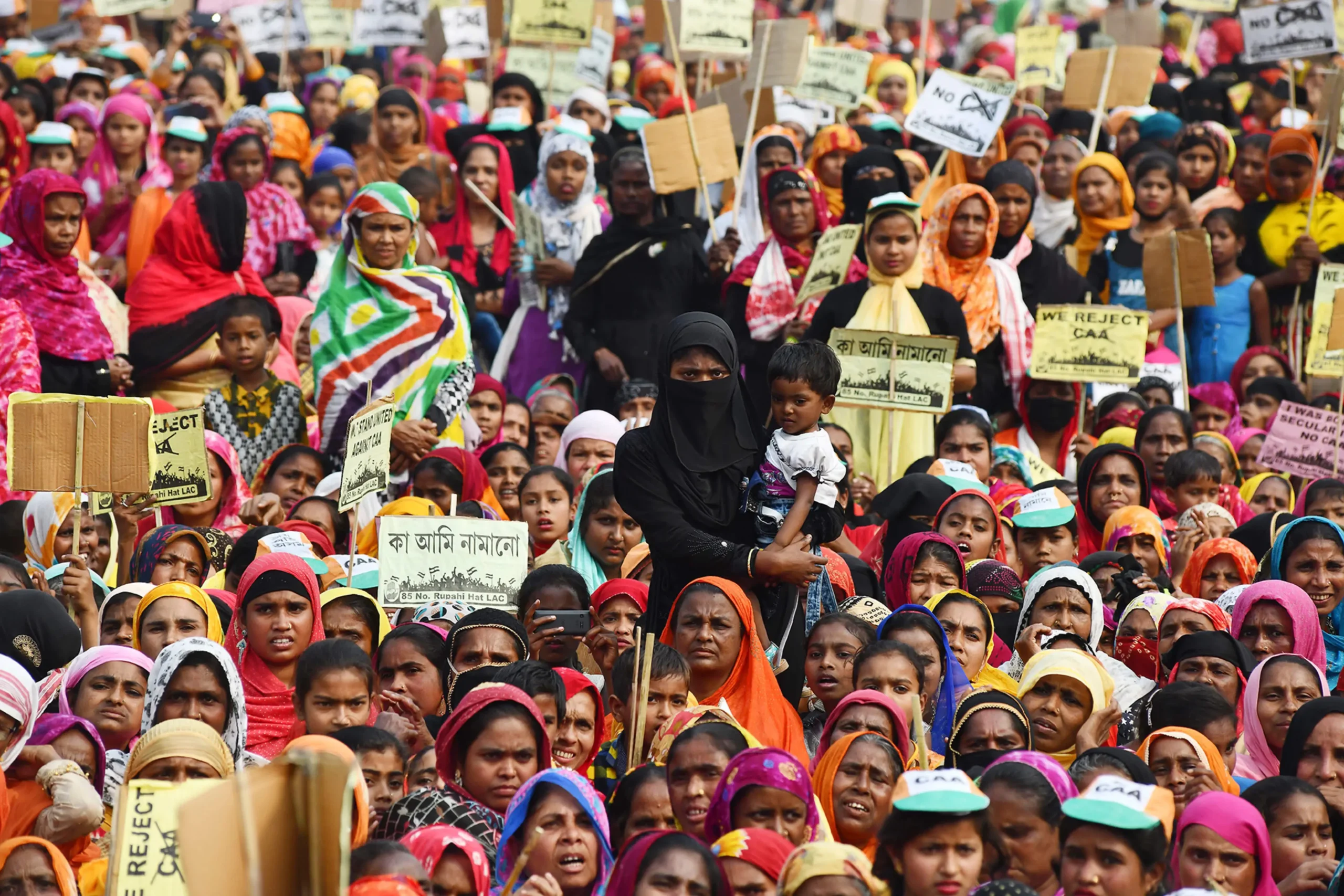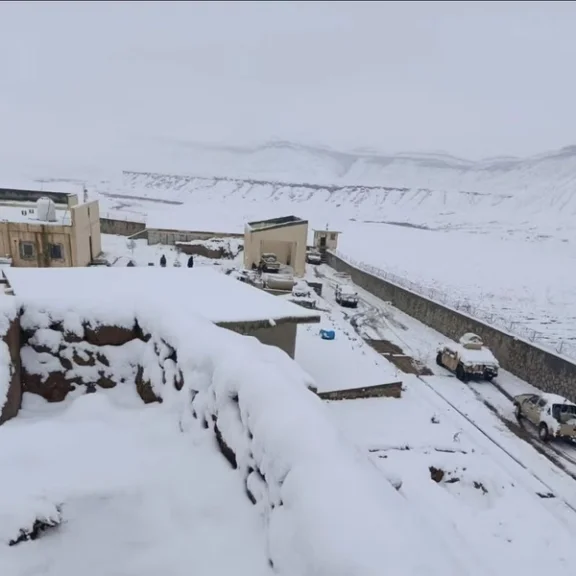The Indian fishermen are jeopardizing Sri Lanka\’s marine resources. Sri Lanka gave water access to the Indians, which has resulted in damaging the country\’s sea resources. Parliamentarian M.A. Sumanthiran stated, “If 50 people are allowed to do this 500 people will take advantage of this”. Sumanthiran is a Tamil National Alliance MP noted.
Rathna Gamage Highlighting Major Concerns:
Subsequently, the All-Island General Fisheries Federation\’s National Organizer, Rathna Gamage, pointed out a major concern. Rathna Gamage reported that the Sirasa media network was responsible for exposing Indian fishermen\’s illicit bottom trawling method. He added that government must not hide the truth.
Moreover, Gamage maintained that the government cannot avoid dealing with the problem. The Government can not get away by saying that it would be settled diplomatically by talks with India\’s Prime Minister. He further demanded the government to take a firmer stand. Gamage stated that the fisheries Federation must take the matter seriously and \”protect the countries pride\”.
Importance of Fisheries Sector to Bangladesh\’s Socio-economic Life:
Evidently, the social and economic life, the fisheries sector is crucial. Fish products are a major source of animal protein for the population, and the industry accounts for around 2% of GDP. In 2004, fish and fishery products exports totalled 13 680 t, worth US$ 94.3 million, while imports of fish products (mostly dried and canned) totalled 67 284 t, worth US$ 59.4 million.
Altogether, Sri Lanka has divided its fisheries industry into three subsectors. The subsectors include; freshwater, offshore and deep water, lastly, inland and aquaculture. Around 250 000 working fishermen and another 100 000 people work in support services are working in these three subsectors. This workforce serves a one-million-person population.
Economically speaking, there is ample room for the sector to contribute further by – production and using the capacity for value addition and import substitution.
Statistically, Marine fisheries are important for social and economic reasons all along Sri Lanka\’s 1 770 km coastline. The Exclusive Economic Zone (EEZ) occupies 517 000 km2, with a continental shelf of 27 800 km2. The coastal subsector is the maritime region between the coastline and the continental shelf\’s edge (which has an average diameter of 22 kilometres). The offshore and deep-sea subsector includes everything beyond the continental shelf and down to the 200-nm EEZ boundary.





